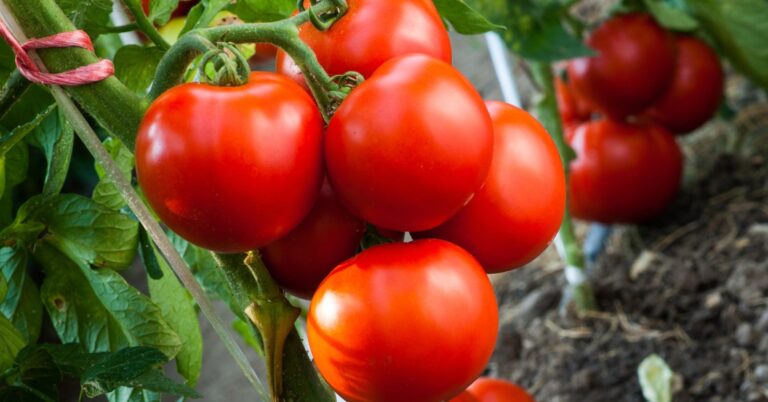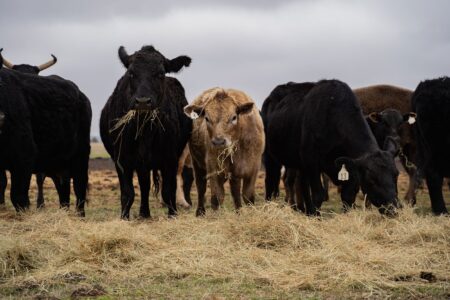Bayer has developed new tomato varieties that provide growers advanced solutions in their fight against tomato brown rugose fruit virus (ToBRFV). These will launch this year in every major glasshouse tomato segment and provide multi-stacked virus-resistant genes for more durable protection against ToBRFV mutations.
The first generation of resistant tomato varieties have helped ensure produce quality and consistent supply over recent years, but plant RNA viruses like ToBRFV mutate quickly. This means varieties with single-source resistance are more vulnerable to attack, but stacking multiple resistant genes that disrupt different stages of the plant-virus interaction can offer better protection.
“Resistance-breaking ToBRFV remains a long-term threat to grower incomes, so they need longer-lasting solutions without sacrificing produce quality or agronomic performance,” said Javier Quintero, Global Lead Tomato R&D at Bayer’s Crop Science division. “We tested several new ToBRFV-resistant hybrids, and we confirmed that they hold up against the resistance-breaking virus. We expect growers to see similar results under similar growing conditions, which is very exciting.”
Bayer conducted two trials testing the resistance of four new tomato hybrids under high virus pressure. One trial group was inoculated with the standard virus, the other with a resistance-breaking ToBRFV isolate. Each trial was conducted in a separate glasshouse and included a non-resistant tomato variety. At both 14 and 21 days after inoculation, the non-resistant plants exhibited severe ToBRFV symptoms, but those with multiple resistance stacks held up against both the standard virus as well as the newly characterized mutation of ToBRFV.
The first tomato hybrids with multi-stacked resistance include Bayer’s De Ruiter red beef Ferreira and pink beef Futumaru tomato, which are already commercially available. Bayer is launching new multi-stacked resistant hybrids for Large Truss, Medium Truss, Cocktail & Cherry Plum Truss, as well as new Beef tomatoes. Recent trials support high expectations on agronomic performance as well as resistance level, and the first wave of these new products will be commercially available in 2025.


:max_bytes(150000):strip_icc()/tassel-wrap-pollination-cc9d9aa4dca84ca49eadab5f6bd707a7.jpg)
:max_bytes(150000):strip_icc()/diseaseplaybookcorntarspot-fb7ff9d7c32e4e63b3e5e97dbe406eeb.jpg)
:max_bytes(150000):strip_icc()/BrandonBellStaff-2230315704-c11ee38554cf488785b670590882aab6.jpg)




:max_bytes(150000):strip_icc()/Markets-1-Soybeans-dramatic-up-4-ff738739454b46c3a4b6c62763a264f1.jpeg)
